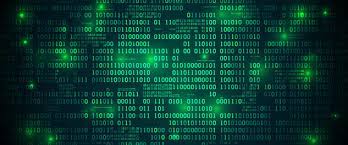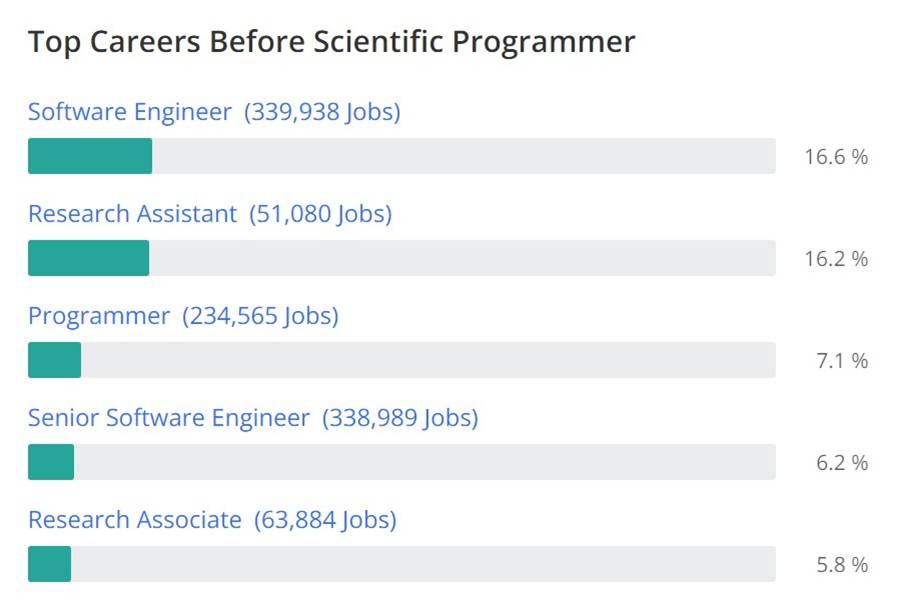
Today, the world runs on technology, so programmers are in high demand.
Programming, or coding, has become a top career field and combines several STEM skills including technology, science, and math.
You may first think of computer programming which includes skills like software engineering and front-end web development. While this is a core pillar of programming, it’s also used in many other fields you may find surprising, such as banking, medicine, and the arts.
One especially interesting use of programming is in the sciences.
Scientific programming is the use of coding to design programs and applications to solve scientific problems.
These programs are most commonly used to make numerical computations, but can also be used to make complex mathematical models and simulations. Computers can automate tasks that require massive amounts of data and calculation. The benefits of scientific programming include increasing the rate of efficiency, reproducibility of work, and technological advancements in hardware and software.
Scientific programming languages are ones widely used for computational science and computational mathematics. Traditional computer programming languages, like C/C++ and Python, may be considered scienctific programming languages because they can create robust programs. There are also other languages that focus on mathematic and scientific functions like ALGOL, APL, Fortran, J, Julia, Maple, MATLAB and R, which can also be considered scientific programming languages.
Scientific programming helps students and researchers with:
- Liner algebra
- Mathematical optimization
- Differentiation
- Ordinary differential equations
- Curve plotting
- Mathematical modelling
- And much more!
Real World Examples of Scientific Programming
Weather Prediction
Meteorologists and atmospheric scientists study weather conditions and forecast changes. They use weather models that are created through a computer program built by scientific programmers. The results from their models are generally a large amount of data (temperature, pressure, humidity, etc.) that can be plotted for various regions of the U.S. or other countries. They then analyze and interpret the data looking for patterns and making weather predictions. Technology plays a key role in allowing meterologist to collect data and also to visually represent the data,
Disease Modeling
During the COVID-19 pandemic, virtual disease modeling became imperative in understanding how the disease spread and effects of treatment. Disease modeling also helped predict new cases and deaths in the U.S. and rest of the world. These models required scientific programming and involved using existing data to predict the future. The programs used mathematical functions and the resulting data to model possible outcomes for the pandemic. The models would also take into account the diversity of different regions in the world and model the interactions as people traveled from region to region.
Astronomy
In 2019, the Event Horizon Telescope team captured the first ever image of a black hole. They used a technique called very-long-baseline interferometry (VLBI) which synchronises telescope facilities around the world and exploits the rotation of our planet to form one huge, Earth-size telescope. So, this image was not taken from one camera, but was actually computed. It was a mathematical transformation of data captured by radio telescopes in the United States, Mexico, Chile, Spain and the South Pole1. The EHT team released the code used to convert this image so that others in the scientific community could also benefit. Their research was announced in a series of six papers published in a special issue of The Astrophysical Journal Letters.
How to become a scientific programmer?
A scientific programmer works closely with scientists to code software tools to meet their needs or the requirements of their experiment. They may also be scientists who have learned to code to develop tools for use in their own research. These tools may perform tasks like processing large amounts of data or modifying existing products to fit the needs of a lab.
According to ZipRecruiter, “To become a scientific programmer, you need a bachelor’s degree in computer science, bioinformatics, or computational biology. If you want to specialize in a particular discipline, such as epidemiology or genetics, you may need additional experience or advanced qualifications, such as a master’s degree or a Ph.D.”
Computer coding skills have arguably become one of the most important for today’s scientific researcher. Kids and teens can start learning to code early. There are coding classes for kids that will prepare them for a career in computer science or engineering. You may want to start with free coding for kids resources. This will help you gauge your child’s level of interest and also what languages they may want to pursue.
Scientific programming can be lucrative too.
Zippia lists the average salary for a scientific programmer as $83,969 yearly. The top careers that people had before becoming a scientific programmer includes jobs in both the programming and scientific research..

Source: Zippia
Ultimately, there are many applications for scientific programming and it continues to grow in popularity and importance. Coding has played a major role in many technological advancements and, when applied to the sciences, will also play a major role in solving the mysteries of the universe.
authored by: CodeWizardsHQ
Write and Win: Participate in Creative writing Contest & International Essay Contest and win fabulous prizes.


